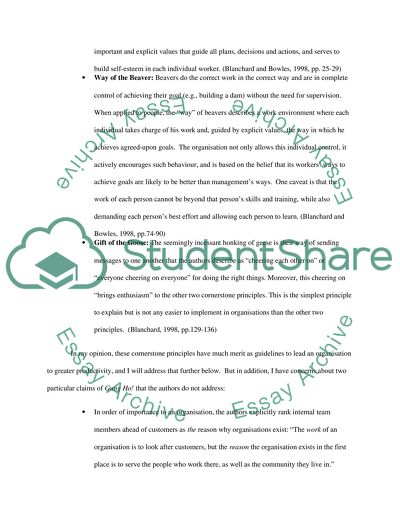Cite this document
(“Leadership and Emotional Intelligence Essay Example | Topics and Well Written Essays - 2000 words”, n.d.)
Retrieved from https://studentshare.org/sociology/1420872-leadership-and-emotional-intelligence
Retrieved from https://studentshare.org/sociology/1420872-leadership-and-emotional-intelligence
(Leadership and Emotional Intelligence Essay Example | Topics and Well Written Essays - 2000 Words)
https://studentshare.org/sociology/1420872-leadership-and-emotional-intelligence.
https://studentshare.org/sociology/1420872-leadership-and-emotional-intelligence.
“Leadership and Emotional Intelligence Essay Example | Topics and Well Written Essays - 2000 Words”, n.d. https://studentshare.org/sociology/1420872-leadership-and-emotional-intelligence.


